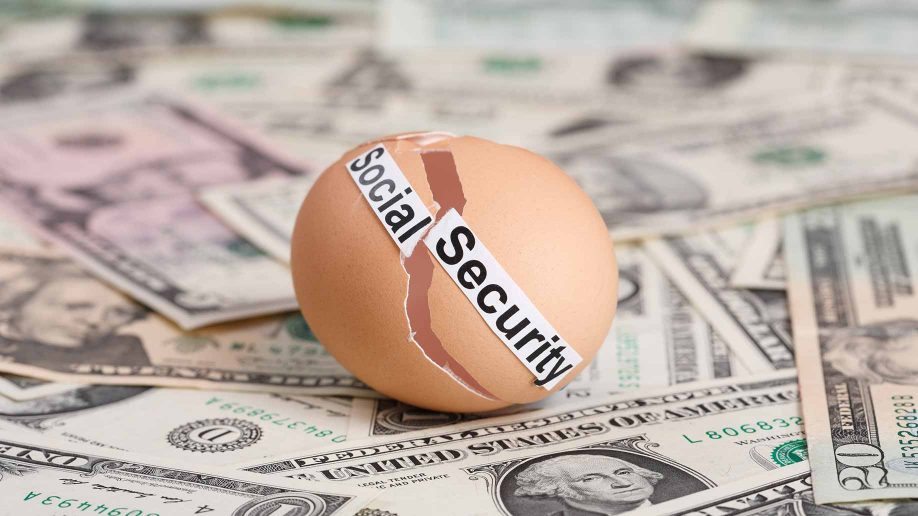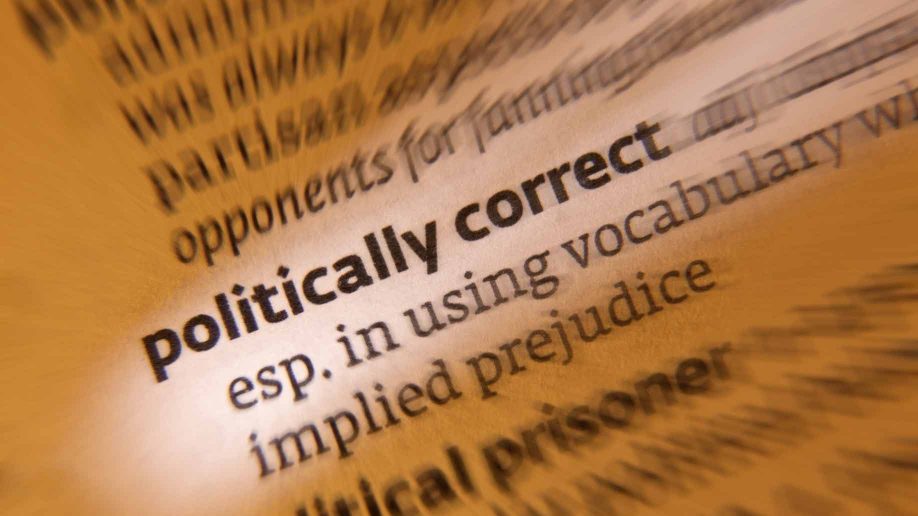
BASE jumping is one of the most dangerous sports a human can undertake, with one fatality per 60 participants. The desire to jump from great heights is practiced by a small percentage of extreme sports enthusiasts. BASE jumping, like sky-diving, skiing potentially fatal slopes, or rock climbing without a rope, is a high-risk activity.
According to The New Zealand Medical Journal, the likelihood of injury or death from BASE jumping is 5 to 8 times greater than skydiving. Why would any sane person take such risks? Dr. Erik Monastery, one of the authors of the study, noted that BASE jumpers score high on a measure called novelty seeking: the person’s propensity to become easily bored and look for exciting activities. They also have a low sense of harm avoidance, so they have the advantage of “confidence in the face of danger and uncertainty, leading to optimistic and energetic efforts with little or no distress.”
Some have characterized those who regularly take such risk as adrenaline junkies or daredevils. They actively seek sensation in activities like skydiving. Dr. Cynthia Thomson of the University of British Columbia suggests that risk-taking behavior may be genetically based. Her research found that people attracted to dangerous sports shared a common genotype, a variant of the DRD4 receptor commonly called the “adventure gene.”
So, is risk-seeking behavior genetic or a matter of choice? How can we use these answers to make better decisions and lead happier lives?
What Is Risk?
Uncertainty pervades every aspect of life; the future is unknown. The term “risk” refers the negative aspect of that uncertainty – the possibility that something harmful may or may not occur. Risk differs from loss just as uncertainty differs from certainty. Running across a busy street blindfolded is a risk; getting hit by a car while doing so is a loss.
Risk is present in everything we do. For example, a person could be injured by a herd of stampeding zebras while walking the streets of Manhattan, although there are no recorded instances of such occurring.
Probability
For that reason, the Stanford Encyclopedia of Philosophy refined the definition by replacing the word “possibility” with “probability.” In common terms, risk is referred to as “odds.” For example, the probability of your home being damaged by a fire in the coming year is about one-quarter of 1% (0.0028%) while the probability that you will die in the future (based on current science) is 100%. The risk of death is not an if, but when. However, probability alone is not enough to understand risk and effectively manage it.
Impact
A second dimension of risk is consequence. In other words, what is the impact upon those experiencing the event? The impact may be slight or catastrophic. For example, the probability of the paperboy tossing your morning edition into the shrubs sometime during the year is high, but the consequences are slight (inconvenience and possibly scratched retrieving the paper). On the other hand, the likelihood of a tornado destroying your home in Elmhurst, New York is low, but the financial costs of such an event would be significant.
Read more . . .

 More than one-half of Millennials believe there will be no money in the Social Security system by the time they are ready to retire, according to a 2014 Pew Research report. “I don’t think anyone honestly expects to
More than one-half of Millennials believe there will be no money in the Social Security system by the time they are ready to retire, according to a 2014 Pew Research report. “I don’t think anyone honestly expects to 

